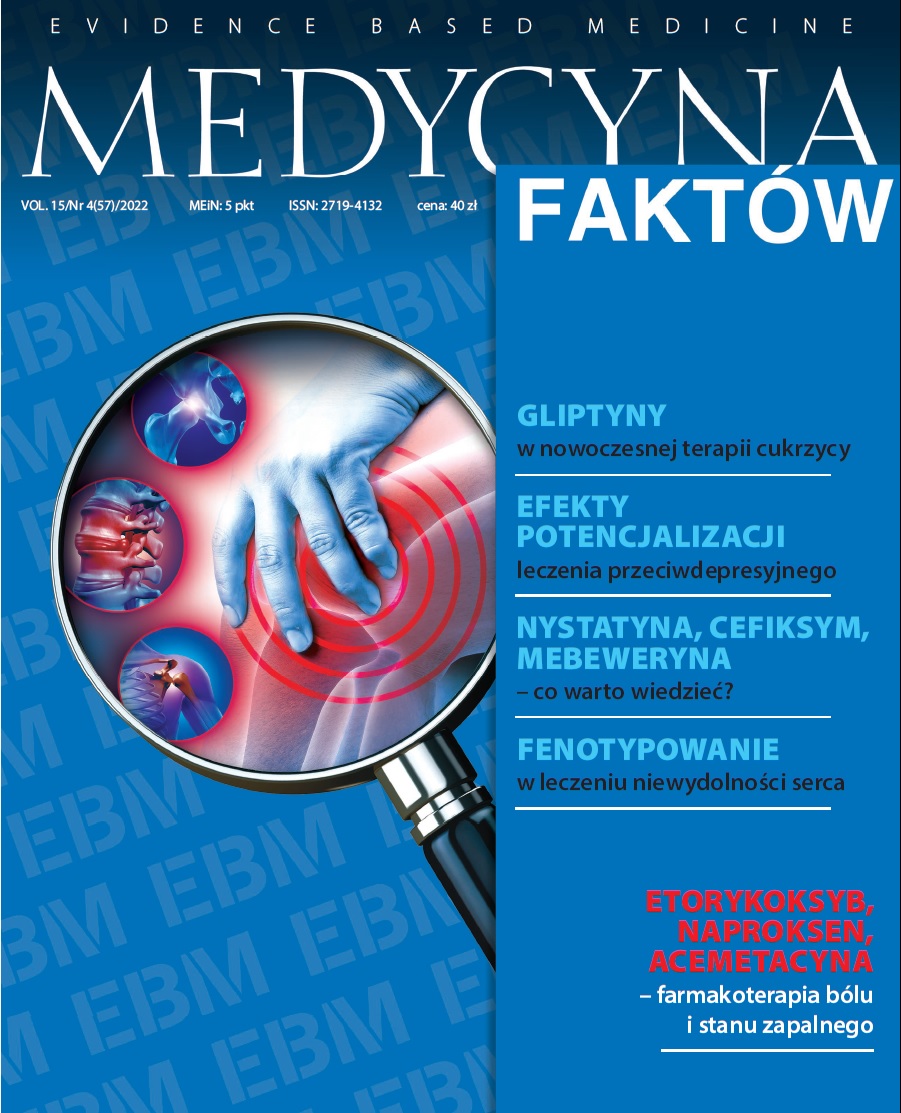Nystatin – an effective antifungal drug Case series report
Main Article Content
Abstract
If there are unfavorable conditions or disease states, fungal infection may develop, most often Candida yeast, and inflammation of the digestive tract. Opportunistic infections in humans caused by Candida albicans and other related species can manifest in a wide variety of manifestations, ranging from oral thrush (most common) to fatal systemic infections in patients with risk factors. One of the most widely used polyene antibiotics is nystatin. Nystatin was the first antifungal antibiotic proven to be safe and effective in the treatment of fungal diseases in humans. It is a membrane-active polyene macrolide with fungistatic or fungicidal effect on yeasts and yeast-like fungi, depending on the concentration. Nystatin has several advantages: minimal side effects, high efficiency, lower cost than other antifungal drugs, and ease of use. The oral suspension form is used for the prevention or treatment of oropharyngeal candidiasis and superficial candida infection of the mouth and throat and in the case of Candida infection in the intestines and prophylactically in patients treated with high doses of antibiotics or corticosteroids. The article presents three clinical cases of nystatin use: an 11-month-old boy who received nystatin prophylactically during antibiotic therapy, a 12-day-old newborn with preventive use of the preparation, and a 63-year-old woman with oral candidiasis. In all cases, nystatin was found to be effective and safe.
Article Details
Copyright © by Medical Education. All rights reserved.
References
2. Rai A, Misra SR, Panda S et al. Nystatin Effectiveness in Oral Candidiasis Treatment: A Systematic Review & Meta-Analysis of Clinical Trials. Life. 2022; 12: 1677.
3. Paczkowska I, Wójtowicz A, Malm A. Wybrane aspekty farmakoterapii kandydoz. Farm Pol. 2010; 6(8): 539-43.
4. Baker JL, Bor B, Agnello M et al. Ecology of the Oral Microbiome: Beyond Bacteria. Trends Microbiol. 2017; 25: 362-74.
5. Albrecht P, Kotowska M. Grzybice przewodu pokarmowego u dzieci – profilaktyka, leczenie. Zakażenia. 2009; 9(3): 57-60.
6. Hazen EL, Brown R. Two antifungal agents produced by a soil actinomycete. Science. 1950; 112: 423.
7. Dismukes WE, Pappas PG, Sobel JD. Clinical mycology. Oxford University Press US. 2003: 49.
8. Lyu X, Zhao C, Yan ZM et al. Efficacy of nystatin for the treatment of oral candidiasis: a systematic review and meta-analysis. Drug Des Devel Ther. 2016; 10: 1161-71.
9. ChPL – Nystapol (access: 16.12.2022).
10. Blyth CC, Chen SC, Slavin MA et al. Not just little adults: candidemia epidemiology, molecular characterization, and antifungal susceptibility in neonatal and pediatric patients. Pediatrics. 2009; 123: 1360-8.
11. Ahangarkani F, Shokohi T, Rezai MS et al. Epidemiological features of nosocomial candidaemia in neonates, infants and children: a multicentre study in Iran. Mycoses. 2020; 63: 382-94.
12. Mersal A, Alzahrani I, Azzouz M et al. Oral nystatin versus intravenous fluconazole as neonatal antifungal prophylaxis: non-inferiority trial. J Clin Neonatol. 2013; 2: 88-92.
13. Al-Matary A, Almahmoud L, Masmoum R et al. Oral Nystatin Prophylaxis for the Prevention of Fungal Colonization in Very Low Birth Weight Infants: A Systematic Review and Meta-Analysis of Randomized Controlled Trials. Cureus. 2022; 14(8): e28345.
14. Vila T, Sultan AS, Montelongo-Jauregui D et al. Oral Candidiasis: A Disease of Opportunity. J Fungi. 2020; 6: 15.
15. Hellstein JW, Marek CL. Candidiasis: Red and White Manifestations in the Oral Cavity. Head Neck Pathol. 2019; 13: 25-32.
16. Firoozi P, Farshidfar N, Fekrazad R. Efficacy of antimicrobial photodynamic therapy compared to nystatin therapy in reducing Candida colony count in patients with Candida-associated denture stomatitis: A systematic review and meta-analysis. Evid Based Dent. 2021; 23: 34862461.
17. Ćernáková L, Rodrigues CF. Microbial interactions and immunity response in oral Candida species. Future Microbiol. 2020; 15: 1653-77.
18. Lewis MAO, Williams DW. Diagnosis and management of oral candidosis. Br Dent J. 2017; 223: 675-81.
19. Pappas P, Kauffman C, Andes D et al. Clinical Practice Guideline for the Management of Candidiasis: 2016 Update by the Infectious Diseases Society of America. Clin Infect Dis. 2016; 62: e1-50.
20. WHO. Guidelines on the Treatment of Skin and Oral HIV-Associated Conditions in Children and Adults; World Health Organization: Geneva, Switzerland 2014.

